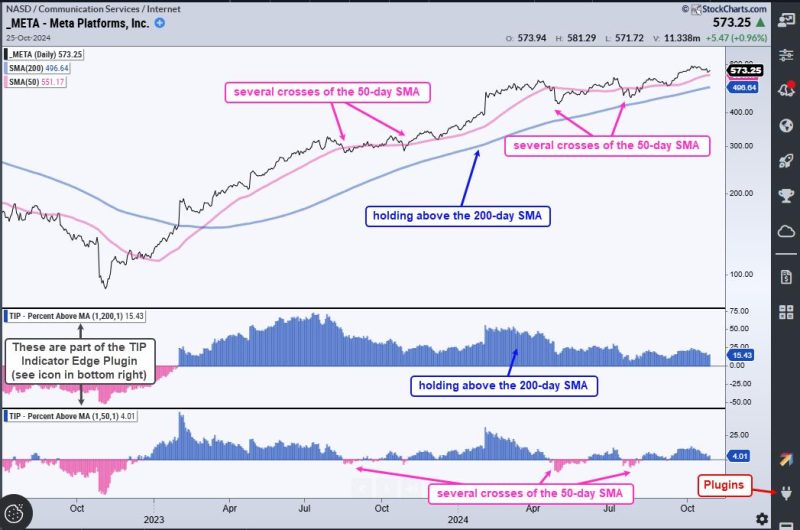Indicators are widely used in trading to help investors make informed decisions and improve their edge in the market. By analyzing and understanding indicators effectively, traders can gain valuable insights into the direction of the market and enhance the probability of successful trades. In this article, we will explore two key indicators that traders can leverage to improve their edge and make more informed trading decisions.
1. Moving Averages:
Moving averages are among the most commonly used indicators in trading. They help smooth out price data to identify trends more easily. Traders often use two types of moving averages – the Simple Moving Average (SMA) and the Exponential Moving Average (EMA).
The SMA calculates the average price over a specific period by adding up the closing prices of a set number of trading periods and dividing it by the number of periods. On the other hand, the EMA gives more weight to recent prices, making it more responsive to the latest market movements.
By using moving averages, traders can identify trends, potential support and resistance levels, and crossover signals that indicate potential entry or exit points. For example, a bullish crossover where a short-term moving average crosses above a long-term moving average may signal a buying opportunity, while a bearish crossover could indicate a selling opportunity.
2. Relative Strength Index (RSI):
The Relative Strength Index is a momentum oscillator that measures the speed and change of price movements. It ranges from 0 to 100 and is used to identify overbought or oversold conditions in the market. When the RSI crosses above 70, it suggests that an asset may be overbought, indicating a potential reversal or correction in price. Conversely, an RSI reading below 30 may signal that the asset is oversold, potentially presenting a buying opportunity.
Traders can use the RSI in conjunction with other technical analysis tools to confirm signals and make more informed trading decisions. By combining the RSI with moving averages or other indicators, traders can improve their edge by increasing the accuracy of their predictions and reducing the likelihood of false signals.
In conclusion, leveraging key indicators such as moving averages and the Relative Strength Index can significantly enhance a trader’s edge in the market. By understanding how to interpret and apply these indicators effectively, traders can make more informed decisions, identify potential entry and exit points, and ultimately improve their overall trading performance. It is crucial for traders to continuously learn and adapt their strategies based on market conditions and indicators to stay ahead of the game and achieve success in the ever-changing world of trading.




























